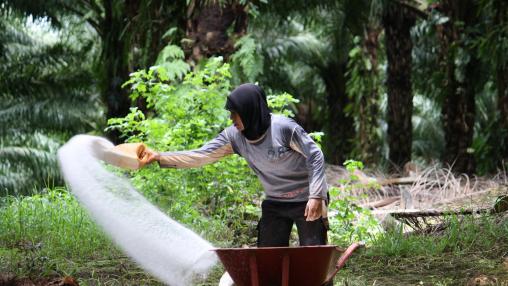
Tracking Fertilizer Price Volatility: Expanding the Food Security Portal’s Excessive Food Price Variability Early Warning System
Fertilizer is a critical input for agricultural productivity, and its increased use has been closely associated with rising agricultural yields in many countries. In developing economies that rely heavily on fertilizer imports and are home to vulnerable smallholder farmers, fertilizer price spikes can pose serious risks. When farmers lack access to effective risk-sharing mechanisms, sudden or excessive increases in fertilizer prices can discourage adoption, disrupt planting decisions, and reduce productivity.
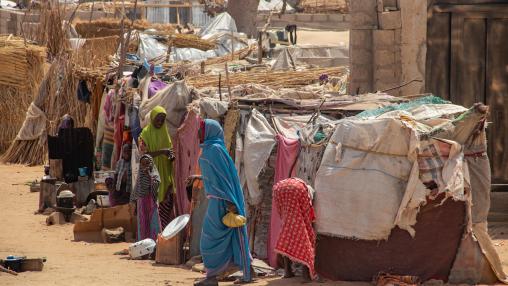
Food Crisis in Sudan: New Report Provides Policy Recommendations for Recovery
Since the outbreak of conflict in April 2023, Sudan has seen deteriorating food security and economic activity, disrupted markets and agrifood systems, and a steadily building humanitarian crisis. According to a new policy note from IFPRI’s Sudan Strategy Support Program, if steps are not taken to protect livelihoods and food security, 4 million people could fall into poverty and an additional 2 million could face food insecurity and malnourishment by 2028.
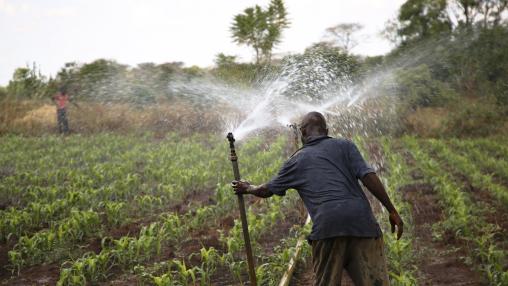
Evaluating Fertilizer Subsidies in Malawi
Since the 1950s, Malawi has used a national fertilizer subsidy program as a way to spur use of inorganic fertilizers, boost domestic maize production, and ensure food security and self-sufficiency for smallholder farmers. According to new working paper from the Malawi Strategy Support Program, however, the national subsidy program may not be the most efficient investment for improving the country’s food security and domestic production goals.
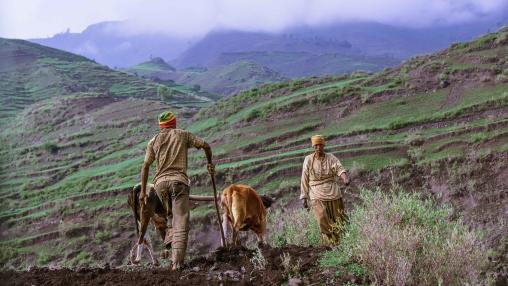
Grappling with compounding crises in domestic fertilizer markets in Africa: The case of Ethiopia
Global fertilizer markets experienced significant price surges beginning in 2020 and through 2022 due to a combination of factors, including higher natural gas prices, supply chain disruptions triggered by COVID-19, trade disruptions due to the Russia-Ukraine war, and export restrictions. Although parallel increases in international agricultural commodity prices may have cushioned these price shocks, insufficient availability and affordability of fertilizers are likely to have affected yield and profitability of smallholder production systems.
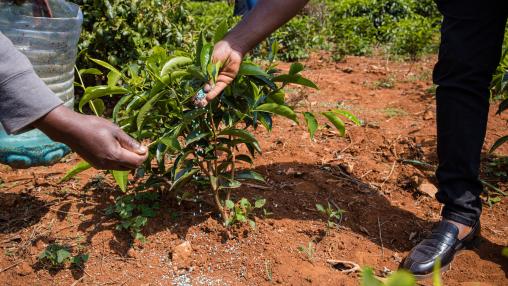
How is Kenya’s National Fertilizer Subsidy Program working?
The Kenyan National Fertilizer Subsidy Program (NFSP), implemented during the short rainy season in September 2022, has emerged as a pivotal policy in the government’s efforts to expand food production and mitigate soaring food prices.
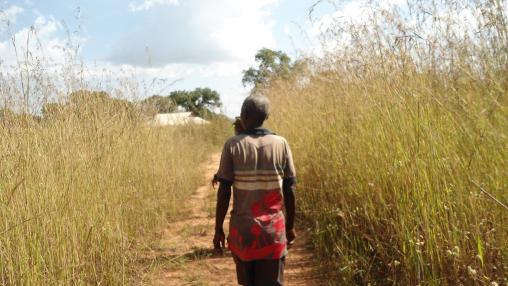
The Link Between Non-Farm Labor and Market Participation: Evidence from Ghana
In developing countries, rural non-farm labor is rapidly catching up with agriculture in socioeconomic importance. By engaging in non-farm labor—activities like handicrafts, small-scale manufacturing, construction, mining, quarrying, repair, transport, and petty trading—farmers can earn additional income outside of their farms. This income can in turn can be invested in household food security and in productivity-enhancing agricultural inputs. A study in Ghana published in Food Security also finds that participation in non-farm labor can also lead to greater participation in crop markets.
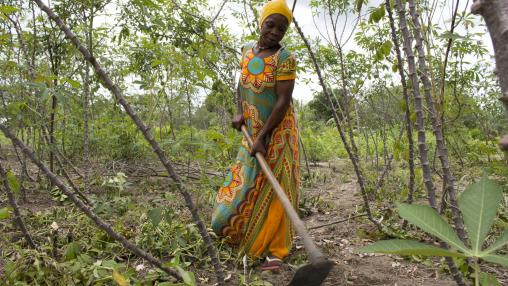
Location, Location, Location: How Spatial Distribution Impacts Market Access
In countries across Africa south of the Sahara (SSA), agricultural value chains often rely on agro-dealers—small-scale local distributors—to help bridge the gap between input firms and farmers. Agro-dealers can thus form an important node of the value chain, providing access to critical inputs like seeds, inorganic fertilizers, and new agricultural technologies that can help increase productivity and improve food security.
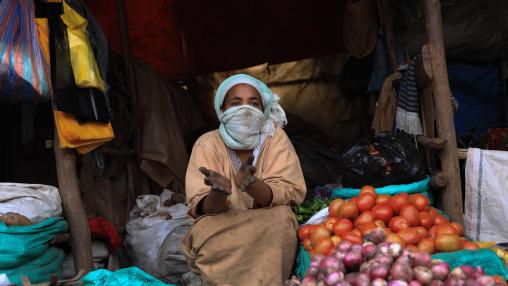
Value Chain Resiliency and COVID-19: Results from Ethiopia
As Ethiopia’s population has become increasingly urbanized over the past decade, more and more households have come to rely on markets, rather than their own farms, for their daily food needs. This dependence means that well-functioning agri-food value chains have become increasingly vital to food security for much of the population.

Food security and economic impacts of African swine fever: New FSP tool launched
In 2018, African swine fever (ASF), a deadly hemorrhagic disease found in pigs, was reported for the first time in China. By mid-2019, the disease had infected hundreds of millions of pigs—anywhere from 30 to 70 percent of the country’s swine population. Millions of pigs were culled in an effort to slow the spread of the disease, resulting in a drastic reduction in the volume of Chinese pork produced.
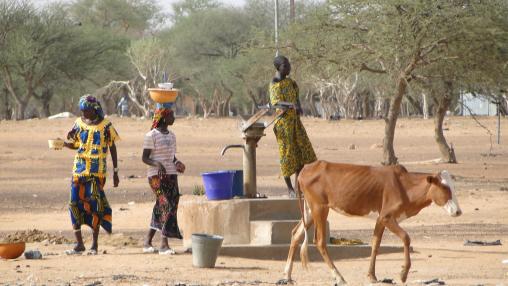
Land, climate, energy, agriculture and development in the Sahel
At an online event on January 19, 2021, researchers from national research institutes and universities in the Sahel region and Germany, namely the Agrhymet Regional Centre of the Permanent Interstate Committee for Drought Control in the Sahel (CILSS) in Niger and the Center for Development Research at the University of Bonn (ZEF) in Germany launched a series of national cases studies*) and a regional synthesis report on rural development, agricultural livelihoods and job creation in the Sahel region.